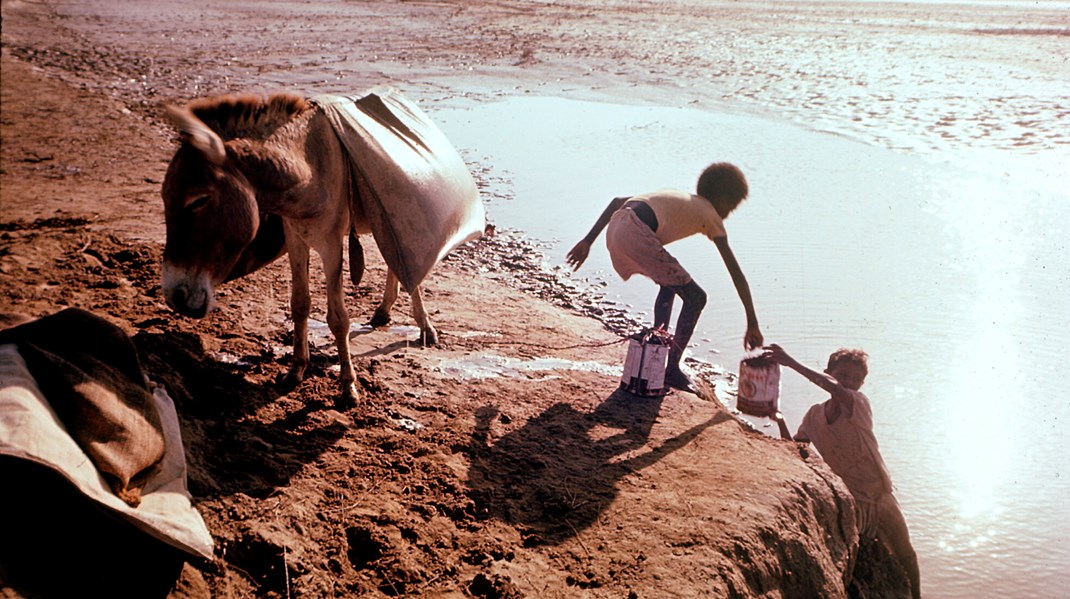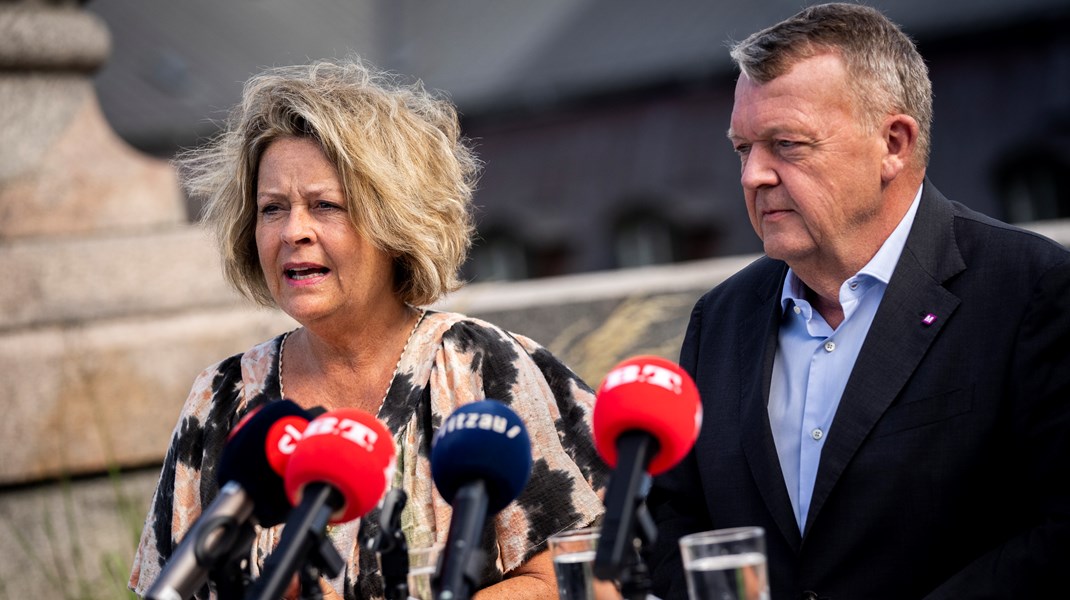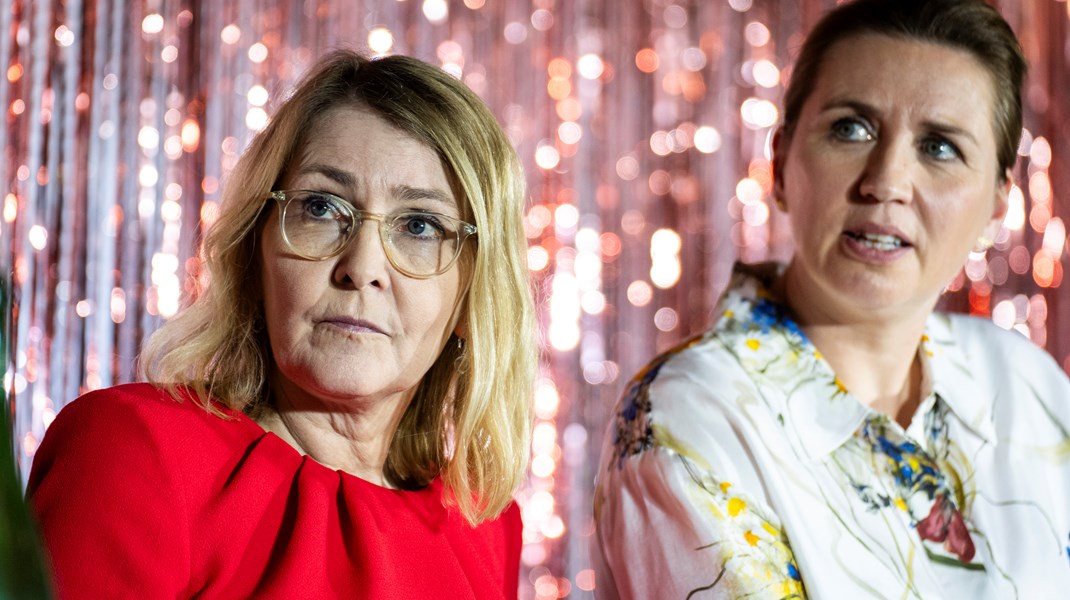Kenya needs to protect elderly during famine emergencies
By Agnes Nanyonjo
Postdoctoral research scientist, African Population and Health Research Center
Pockets of Kenya are affected by harsh drought. About 4 million people in the country face hunger, starvation, malnutrition and possible death. North-eastern and eastern Kenya bear the brunt of this natural catastrophe.
While drought hits everyone, people aged above 70 years are disproportionately affected. Certain conditions associated with old age, such as decreased physical strength, can aggravate their situation.
Kenya has about 2 million people aged above 60 years representing about 4% of the total population (46 million). The older population is projected to increase to about 9 million by 2050 to make up for approximately 9% of the total population.
In light of this rapid demographic change, the Kenyan government has a policy that recognises the increased vulnerability of older people to famine and similar situations.
Their exposure to food insecurity, consumption of foods with low nutrition values and their lack of access to resources for food production was adapted in 2009.
It promised to involve communities to help older people by, for example, promoting food storage. It also promised to address the food and nutritional needs of older people during relief and emergency situations.
But Kenya lacks adequate research on the outcomes of these initiatives as well as on what approaches could be taken to alleviate the effects of natural disasters on older people.
Global research has shown that older people face particular challenges when it comes to humanitarian crisis. This includes accessing designated relief and service delivery points. This can be because of long distances they have to travel, poor mobility or confinement to their homes. They often need to guard property, care for younger dependants or are disabled.
Older people are also more likely to miss out on food distributions. This is particularly true when getting a ration requires long queues under the sun.
Other studies show that most disaster response programmes lack explicit focus on older people. Instead they are typically considered as part of general emergency and nutritional programmes.
Why the elderly need special care
Kenya has a national plan for older persons and ageing that looks at the unique challenges they face.
Older people can also get emergency food aid and unconditional cash transfers in the poorest arid counties of Turkana, Mandera, Wajir and Marsabit that regularly face chronic shortages.
Some non governmental organisations also provide food vouchers to access basic necessities and water purification tablets.
But few external disaster response programmes explicitly consider the incapacity of vulnerable older people to adequately respond to drought.
This needs to change for two reasons.
Firstly, older people are the caregivers left behind to nurture children, the sick and peers when families and communities go in search of greener pastures. They are a vital source of motivation and encouragement during these tough times.
Secondly, during a drought they suffer more than any other age cohort. They are more likely to have decreased physical strength. This means that they are less able to walk long distances to access water and relief food.
They are also more likely to be exposed to malnutrition due to a reduced appetite from loss of teeth and weak gums. The low nourishment from the poor diets during a drought further aggravates the situation.
And they are more likely to suffer the psychological effects of drought, becoming disorientated and distressed.
There’s a common assumption that families will provide for older members during the onslaught of drought. But this isn’t always the case. Some live alone with younger dependants, or are childless.
This is worsened by pervasive poverty among older people which makes it harder for them to fend for themselves, irrespective of the season.
What needs to be done
Spending on older people is an investment, not a cost. That’s why Kenya needs to implement a comprehensive public health response that addresses the wide range of older people’s needs, particularly during emergency situations like famine and drought.
The Sustainable Development Goals (SDGs) maxim of “leaving no one behind” should be adopted. The second goal that strives to end hunger, achieve food security, improve nutrition and promote sustainable agriculture should also be implemented.
Ethiopia provides a good example of how successful programmes can be implemented.
The onus on government is to support older people by providing better health care, skills and training. It could also tap into the indigenous knowledge and experience that older people have when it comes to farming and food production.
Hilda Akinyi, a research officer at APHRC, also contributed to this article
Original article


